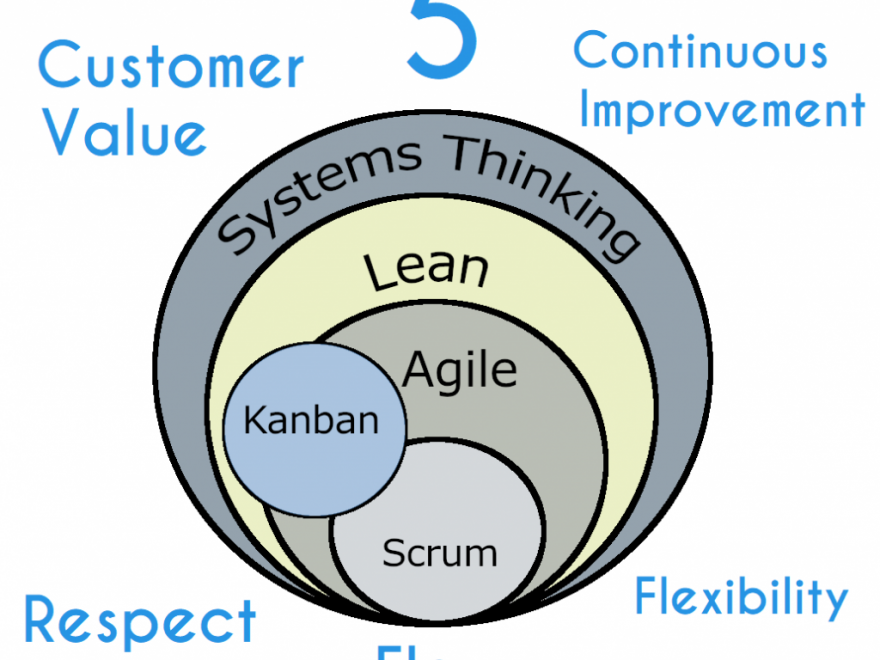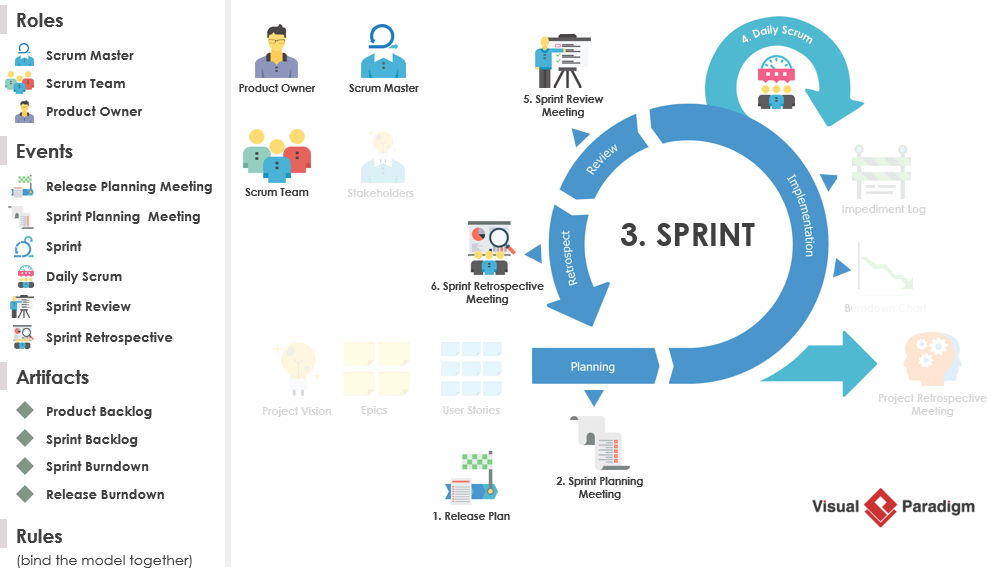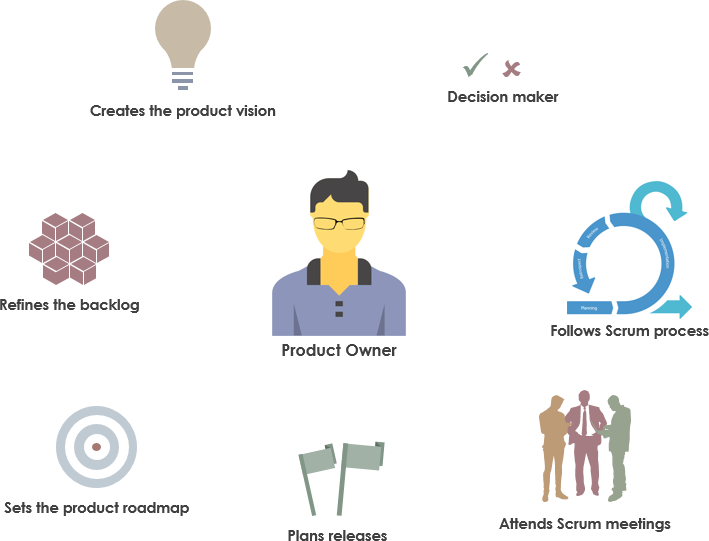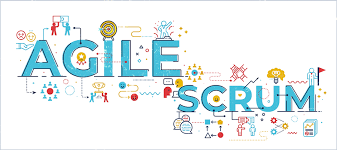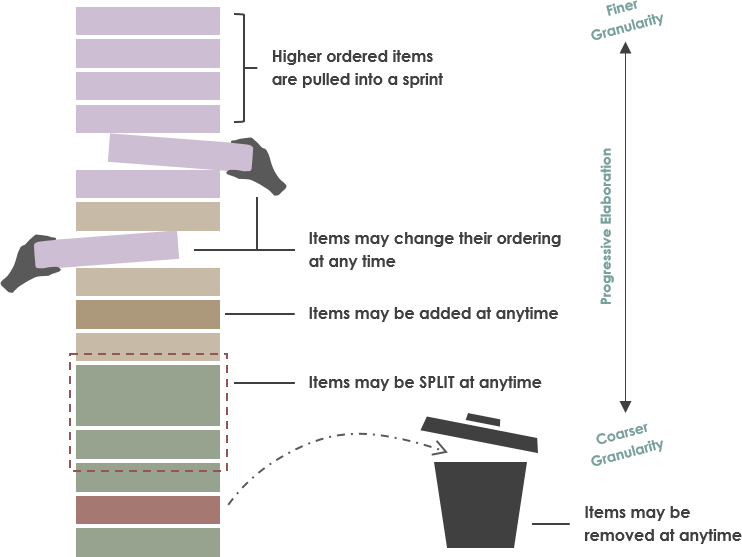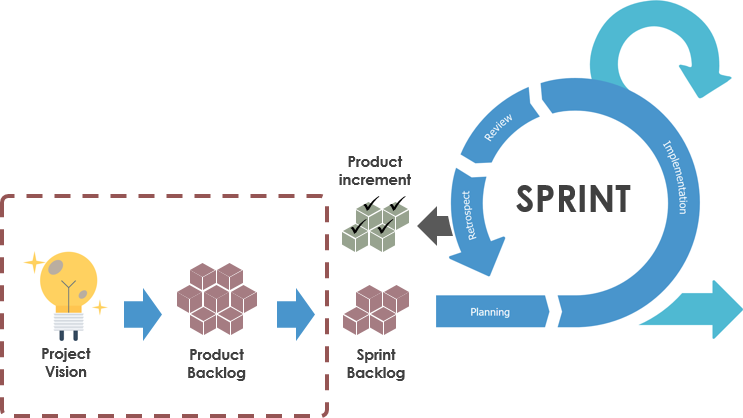Although often treated as distinct methodologies, both Agile and Lean are rooted in similar values. These methodologies continue to evolve as they expand into new industries, applications, and opportunities, and many organizations have had amazing success in drawing on elements of both. Using Lean’s systems thinking and continuous improvement approach, agile development practices can be used to help organizations build healthy, innovative organizations that can sustainably deliver customer value.
Continue reading